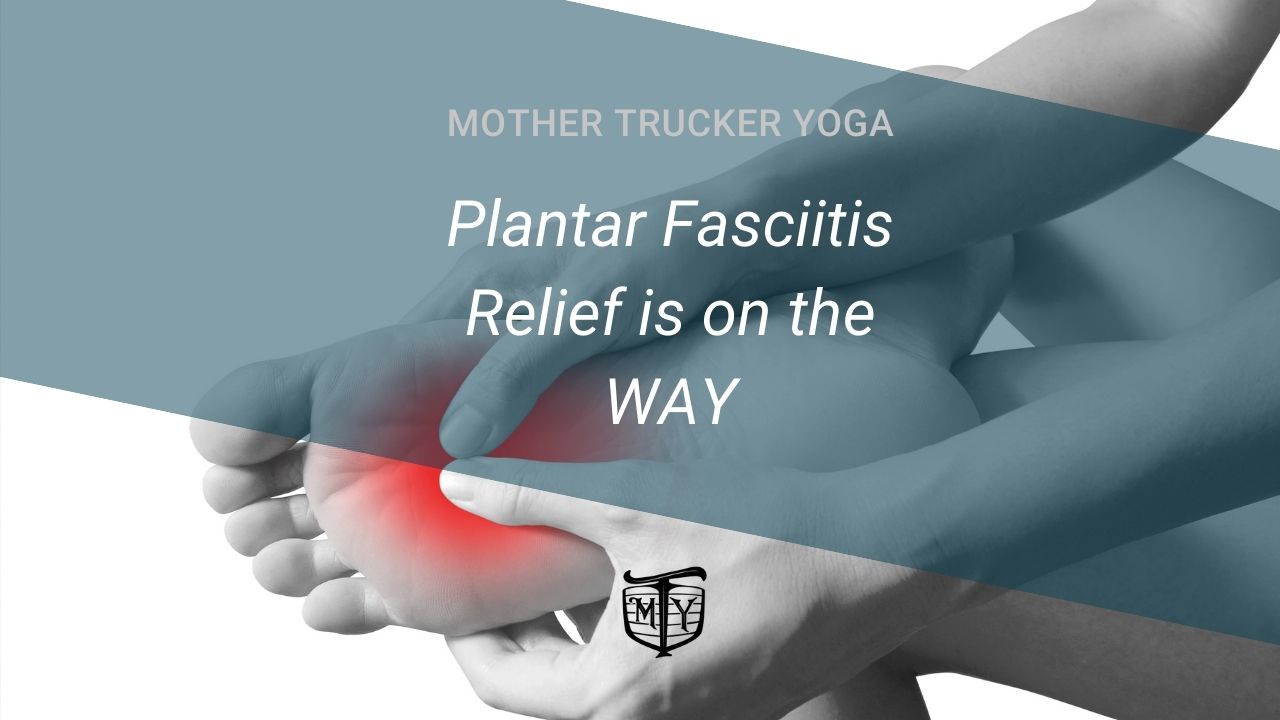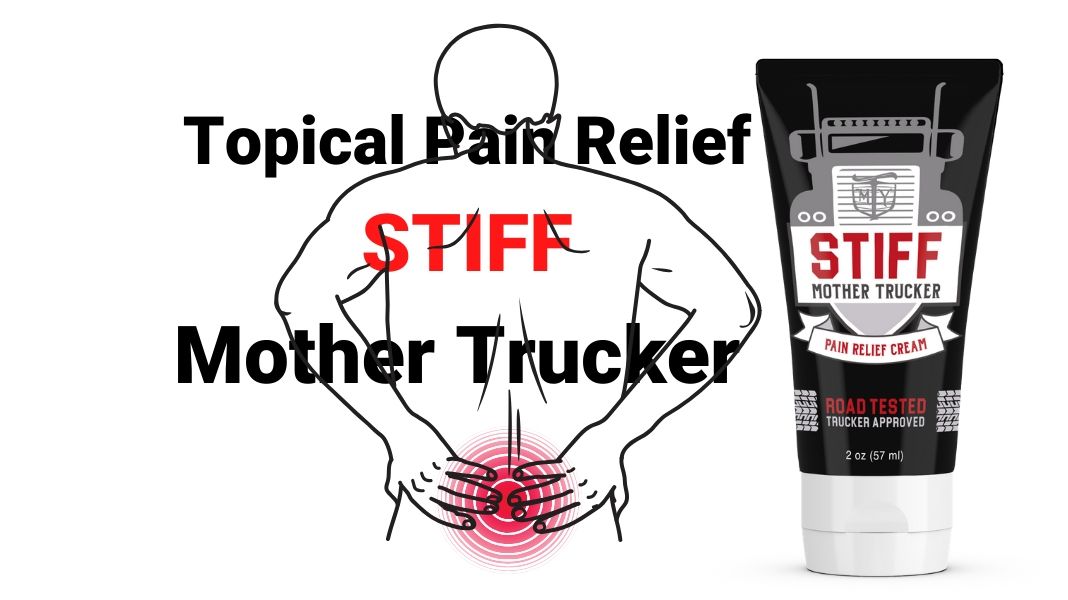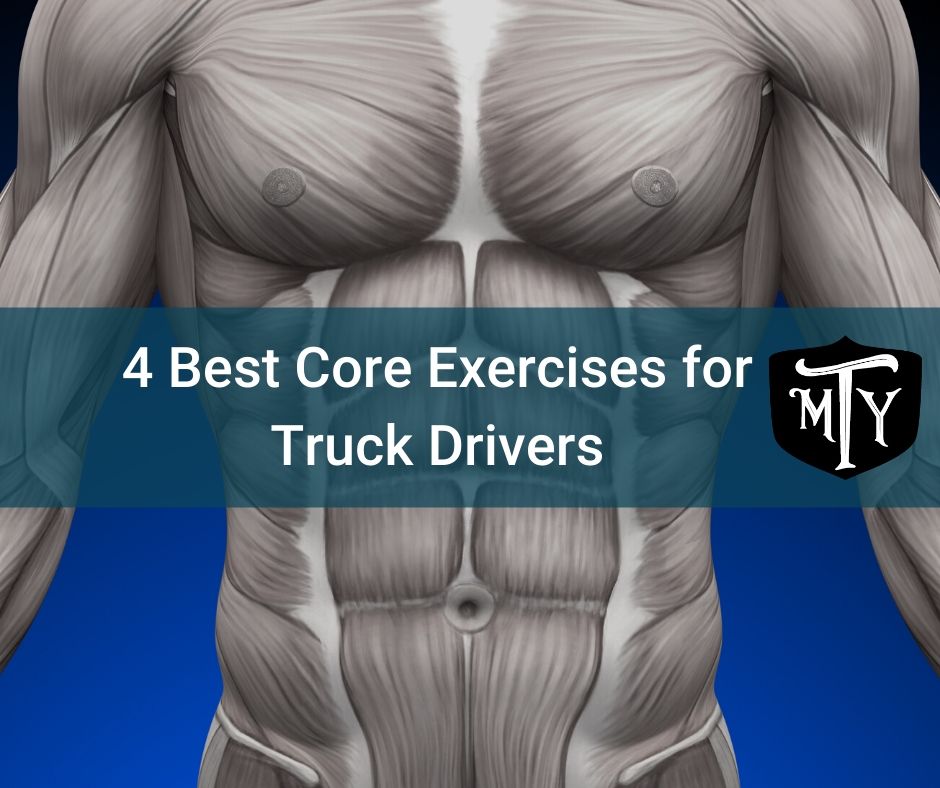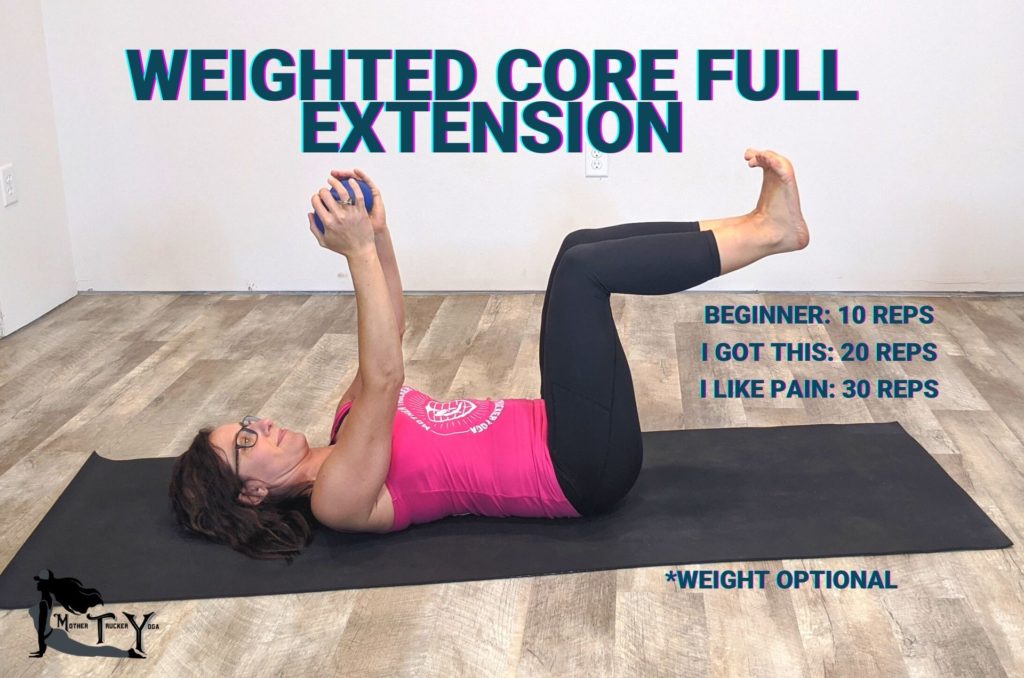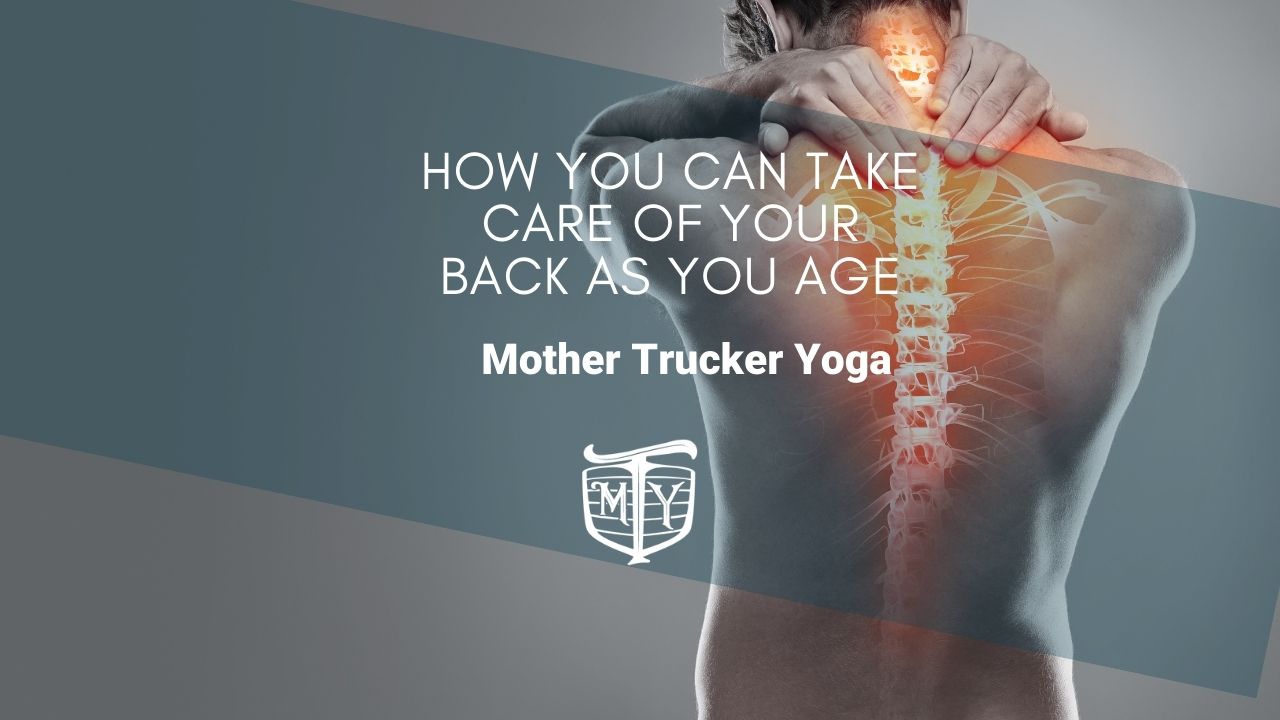
Back pain is reportedly one of the most common types of pain experienced by adults in the US, with one-half of all working Americans saying they experience back pain symptoms annually. As a middle-aged man, it is easy to assume that back pain is a common side effect of aging. Although this is true to some degree, excess pain and reduced flexibility needn’t be part of the aging experience. Consider these points if you want to learn more about taking care of your back as you grow older. As a driver, your back takes a lot of twists and turns, from the driver’s seat to loading and unloading at the drop of a hat. It’s easy to put off back care when you feel you don’t have time. But now is the time to pay attention to your back before it’s too late.
- Get a back massage regularly.

A study published in Pain Medicine revealed that massages could assist individuals with lower back pain. The study found that over 50% of individuals referred to a professional massage therapist for ten massage sessions over 12 weeks reported improvement. Consequently, consider seeing a massage therapist occasionally to manage your back pain and relieve other musculoskeletal problems that worsen your body pain. Alternatively, investing in a great massage chair for your home may be a more straightforward and practical way to enjoy the benefits of a good massage, so keep this in mind. However, remember that more intense chiropractic care may be necessary if you experience back pain due to spine alignment issues.
2. Make changes at work
Truck driver health and truck driver fitness also means the health of your back. Many people spend most of their work lives seated, and sedentary working positions have been shown to wreak havoc on your discs and bones. And a passive work environment doesn’t just apply to someone in front of the computer. Professional drivers also face back issues due to the extended lengths of time behind the wheel. The full effects of your sitting habits and posture might be more manageable as you are younger, but you cannot get away with many health concerns in middle age. Therefore, be more mindful of your posture by sitting upright in your chair with your shoulders back. Also, try to move around often if your job involves sitting for very long hours, like truck driving.
3. Watch your body weight
Extra weight implies additional stress on your spine and joints, and excess belly fat can cause your lower back and pelvis to slant forward eventually. Therefore, maintaining a healthy body weight is essential to ensure that your back isn’t burdened by more stress as you age. Thankfully, you can exercise regularly to stay in shape and prevent any additional body weight. In addition, watch your diet to guarantee a strong core that can protect your back as you grow older. And if you think you don’t have time for exercise, don’t stress. Before you even consider adding exercise to your daily regimen, consider looking at how much you move throughout your day, and use those downtime windows to move and groove. Movements like reaching, squatting, bending, twisting, and turning all add up and add to your truck driver fitness.
4. Let your spine rest while asleep
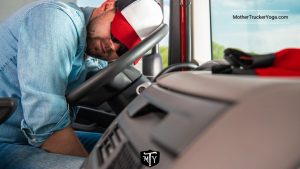
Your spine structures finally get a chance to rest and rejuvenate when you lie down to sleep after a long day. Consequently, it is best to maximize this opportunity to ensure that your spine rests in a supported and comfortable manner. The key here is to keep your spine naturally aligned, so placing a pillow under your knees to minimize stress on your lower back is crucial if you are a back sleeper. If you are a side sleeper, sleep with a pillow between your knees to balance your hips. You can also experiment with a neck pillow to support your cervical spine. However, proper spine rejuvenation can only occur on a firm mattress, so ensure that the bed you choose is hard enough to disallow any spinal sagging.
And when you are in pain and you need relief fast. Don’t forget your tube of STIFF Mother Trucker pain relief cream.
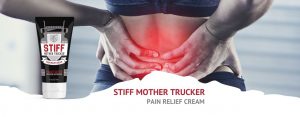


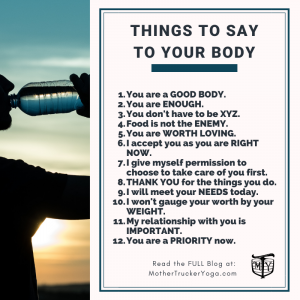
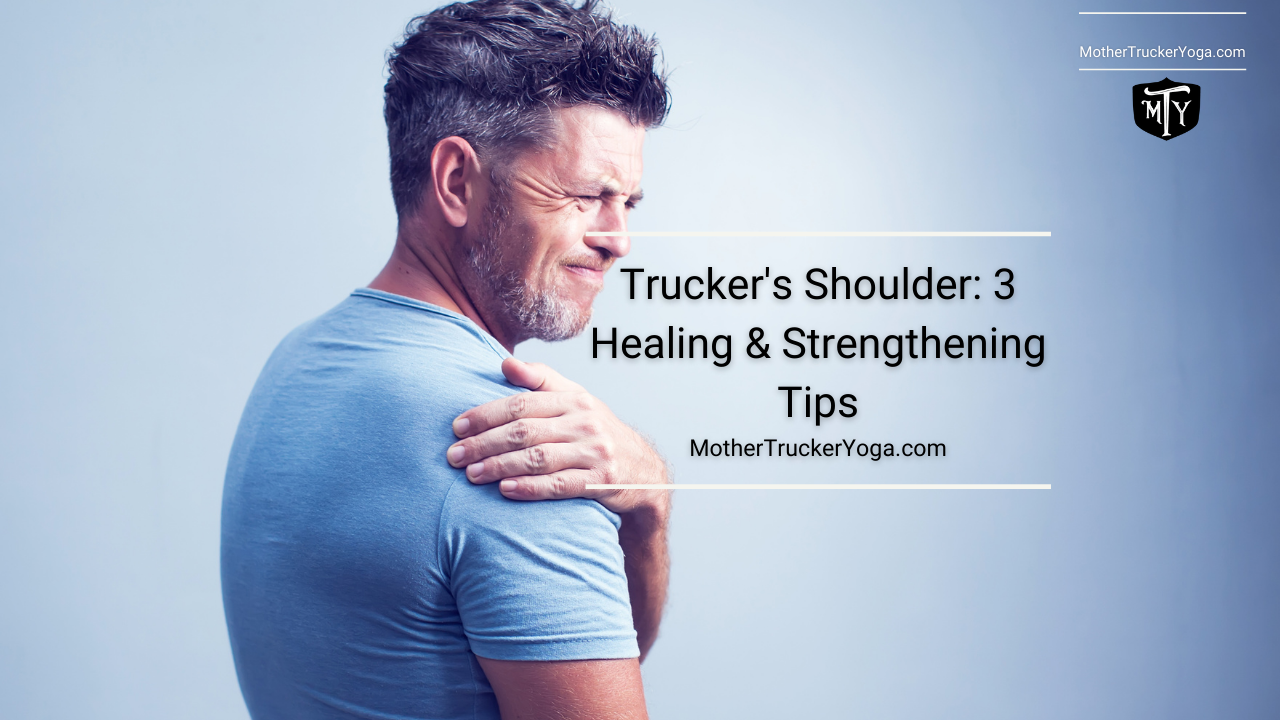
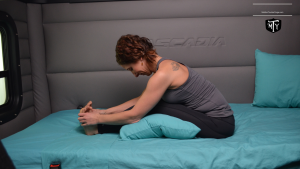



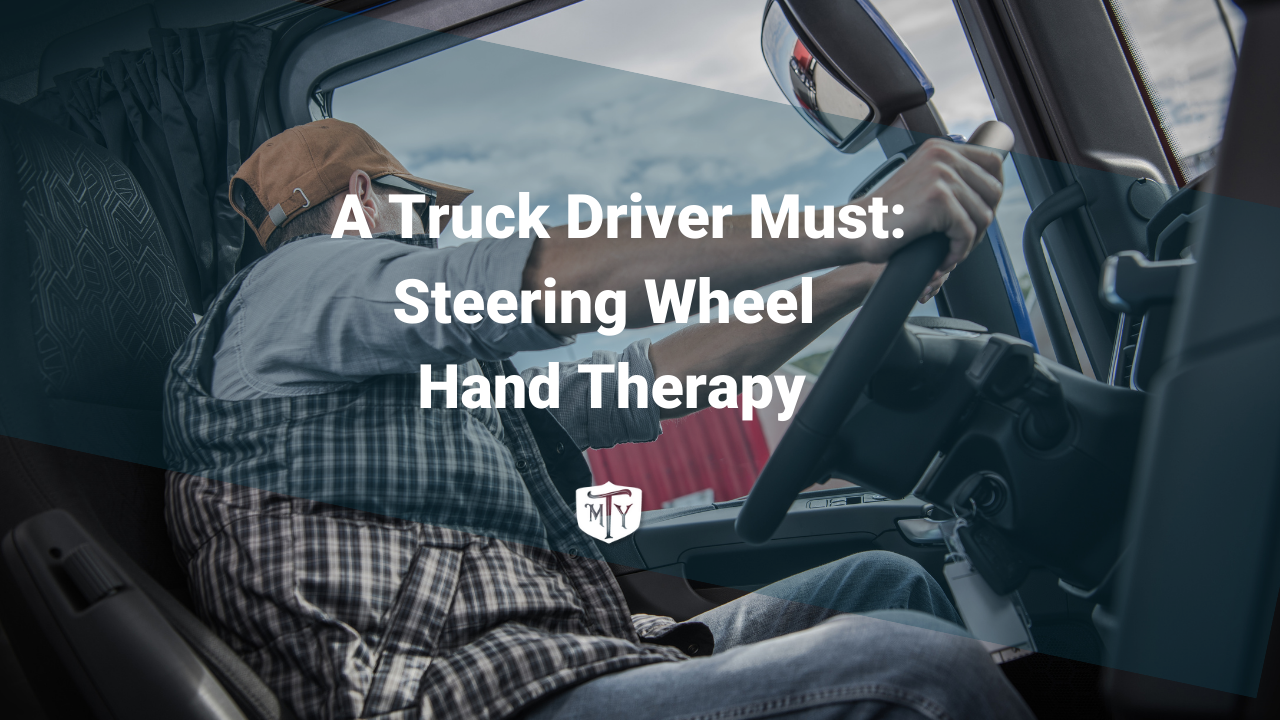
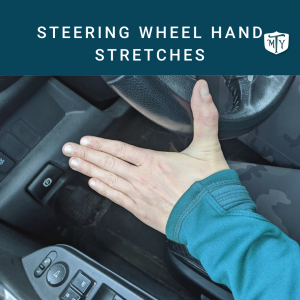
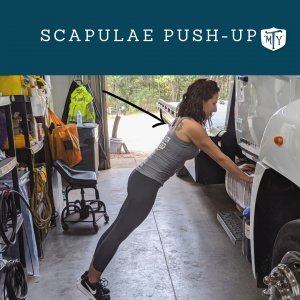
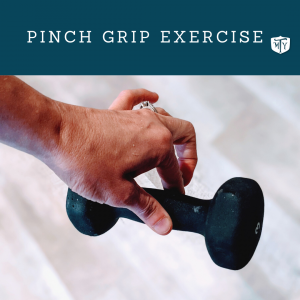
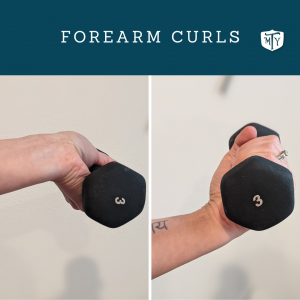
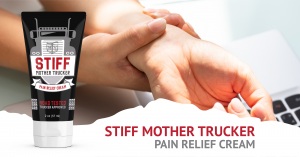


 Do not sit like a statue and try checking regularly, reminding yourself to relax your arms or legs while driving. Not only will it trigger back problems but will also hamper with blood circulation. Muscle cramps and stiffness. Let’s be honest, we get lazy and even though we can move while driving, we don’t. So make it a point to move more while driving. Need help getting creative with movements? Check out Mother Trucker Yoga’s
Do not sit like a statue and try checking regularly, reminding yourself to relax your arms or legs while driving. Not only will it trigger back problems but will also hamper with blood circulation. Muscle cramps and stiffness. Let’s be honest, we get lazy and even though we can move while driving, we don’t. So make it a point to move more while driving. Need help getting creative with movements? Check out Mother Trucker Yoga’s 

